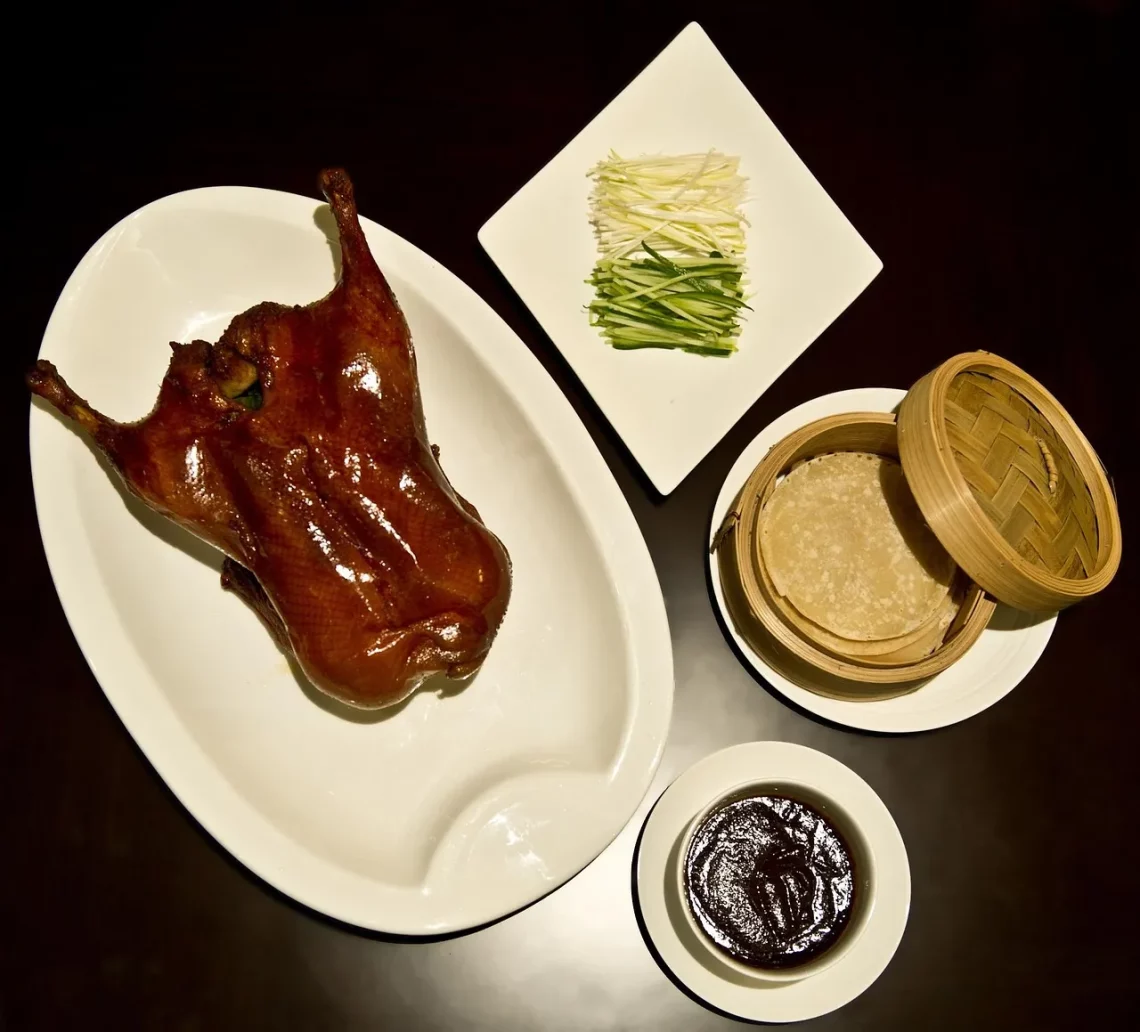
Discovering Gnarly Eats: Unforgettable Flavors and Unique Dishes
Exploring the culinary world is akin to embarking on a thrilling adventure, where every bite holds the potential to unveil a new culture, a forgotten tradition, or a hidden gem of flavor. Food is not just sustenance; it’s a powerful connector that brings people together, telling stories of heritage, innovation, and imagination. In today’s fast-paced world, where culinary trends evolve rapidly, discovering unique dishes often feels like unearthing treasures that have been passed down through generations or creatively reimagined by passionate chefs.
As we delve into the realm of “Gnarly Eats,” we find ourselves tantalized by the prospect of unforgettable flavors that challenge our palates and expand our culinary horizons. From street food stalls serving up local favorites to upscale restaurants pushing the boundaries of gastronomy, the journey is as diverse as it is delicious. The intersection of tradition and modernity fuels a vibrant food scene where every meal can be an experience, and every ingredient tells a story.
Join us as we embark on this gastronomic journey, exploring the essence of unique dishes and the unforgettable flavors that make them stand out in the culinary landscape.
Understanding Unique Culinary Traditions
When we talk about unique dishes, we must first acknowledge the rich tapestry of culinary traditions that shape them. Each culture around the world has its own set of flavors, techniques, and ingredients that define its food. These traditions are often deeply rooted in history and reflect the lifestyle, geography, and resources of the region.
Take, for instance, the concept of fermentation, which is integral to many global cuisines. Fermented foods, such as kimchi in Korea or sauerkraut in Germany, have been staples for centuries, valued not only for their distinct flavors but also for their health benefits. Fermentation enhances flavors, preserves food, and introduces beneficial probiotics, making these dishes both delicious and nutritious.
In addition to fermentation, spices play a pivotal role in defining a cuisine’s identity. The bold use of spices in Indian cooking, for example, creates a depth of flavor that is both complex and inviting. Each spice has its own story, often linked to trade routes and historical events, showcasing how interconnected our world truly is.
Furthermore, unique culinary traditions often arise out of necessity. For instance, in regions with limited access to certain ingredients, locals have found innovative ways to use what is available, leading to the creation of dishes that may seem unusual at first glance but are deeply satisfying and comforting. This adaptability within culinary practices speaks volumes about human resilience and creativity.
Understanding these culinary traditions not only enriches our appreciation for food but also deepens our respect for the cultures that produce these unique dishes. It reminds us that every meal has a story to tell, often reflecting the values, challenges, and innovations of the people who create it.
Innovative Flavors: The Art of Culinary Fusion
As the world becomes increasingly interconnected, culinary fusion has emerged as a significant trend in the food landscape. This innovative approach marries the flavors and techniques of different culinary traditions, resulting in dishes that are both exciting and unexpected. Fusion cuisine challenges the norms of traditional cooking, encouraging chefs to experiment and push boundaries in pursuit of new taste experiences.
One of the most famous examples of culinary fusion is the creation of sushi burritos, which combine elements of Japanese sushi with the convenience of a burrito. This dish allows diners to enjoy familiar flavors in a new format, appealing to both sushi lovers and those seeking a quick, portable meal. The combination of fresh fish, vegetables, and rice wrapped in seaweed or a tortilla creates a satisfying blend of textures and tastes.
Another intriguing example is the rise of Korean-Mexican fusion, which has given birth to dishes such as Korean BBQ tacos. The smoky, marinated flavors of Korean barbecue harmonize beautifully with the vibrant toppings typical of Mexican cuisine, creating a unique dining experience that showcases the best of both worlds. This innovative melding of flavors not only excites the palate but also encourages cultural exchange and appreciation.
Culinary fusion is not limited to street food; it has also found its way into fine dining. Many upscale restaurants now feature menus that celebrate global influences, inviting diners to embark on a gastronomic journey around the world without ever leaving their seats. Chefs are increasingly embracing the idea of blending techniques and ingredients from diverse cuisines, resulting in dishes that are both visually stunning and unbelievably delicious.
While fusion cuisine can sometimes be met with skepticism, it ultimately serves as a reminder that food is a universal language. It invites us to explore, experiment, and embrace the diversity of flavors that exist in our world. By breaking down culinary barriers, we enrich our dining experiences and foster a greater understanding of global cultures.
Street Food: A Taste of Local Culture
Street food is often where culinary treasures await, offering a glimpse into the heart and soul of local culture. These dishes, usually prepared and served by vendors in open-air markets or food stalls, encapsulate the essence of a region’s cuisine. Street food is more than just a quick meal; it’s a vibrant expression of the community’s culinary identity.
One of the most compelling aspects of street food is its accessibility. It allows everyone, regardless of their economic status, to experience and enjoy authentic flavors. From the spicy tacos of Mexico to the savory bánh mì of Vietnam, street food offers a delicious way to explore local cuisine without breaking the bank. These dishes often highlight fresh, local ingredients and traditional cooking methods that have been passed down through generations.
Moreover, street food markets serve as social hubs where people gather to share meals and connect. The atmosphere is often lively and bustling, filled with the sounds of sizzling pans, laughter, and conversations. Vendors take pride in their craft, often showcasing unique recipes that reflect their personal stories or family traditions. This communal aspect of street food fosters a sense of belonging and cultural exchange, making each meal a shared experience.
Street food also showcases the creativity and adaptability of local cooks. Many vendors are willing to experiment with flavors and presentation, resulting in innovative dishes that push the boundaries of traditional recipes. For example, food trucks have become a popular platform for chefs to showcase their culinary skills and offer creative twists on classic dishes, such as gourmet mac and cheese or artisanal hot dogs.
In summary, street food is an integral part of the culinary landscape, providing a delicious and accessible way to experience local culture. It represents the rich tapestry of flavors that define a region while also fostering community and connection among those who share a love for food. Whether you’re traveling or exploring your own city, indulging in street food is a must for any food lover.
The Future of Unique Dishes: Embracing Sustainability
As we look to the future of unique dishes, the conversation increasingly centers around sustainability and ethical eating. With growing awareness of environmental issues and the impact of food production on our planet, chefs and consumers alike are seeking ways to create and enjoy dishes that are not only delicious but also responsible.
Sustainable eating is about more than just choosing organic or locally sourced ingredients; it encompasses a holistic approach to food production, distribution, and consumption. Chefs are now prioritizing seasonal ingredients, creating menus that reflect the bounty of their local environment. This not only supports local farmers and reduces carbon footprints but also encourages diners to appreciate the flavors that come from fresh, in-season produce.
Additionally, the concept of “nose-to-tail” cooking has gained traction, where chefs utilize every part of an animal to minimize waste. This approach not only respects the life taken for our meals but also opens up new culinary possibilities. Dishes that incorporate less popular cuts of meat or unconventional ingredients challenge diners to rethink their perceptions of food and sustainability.
Moreover, plant-based dishes are on the rise, as more people opt for vegetarian or vegan diets for health, ethical, or environmental reasons. Innovative chefs are crafting unique plant-based dishes that celebrate the flavors and textures of vegetables, legumes, and grains, proving that sustainable eating can also be incredibly delicious. From hearty grain bowls to decadent plant-based desserts, the versatility of plants allows for endless creativity in the kitchen.
As we embrace sustainability in our culinary choices, we also foster a deeper connection to the food we eat. Understanding the journey of our meals—from farm to table—encourages mindfulness and appreciation for the resources that nourish us. The future of unique dishes lies in this balance of flavor, creativity, and responsibility, paving the way for a more sustainable and flavorful world.
In conclusion, the journey through the world of “Gnarly Eats” reveals a vibrant culinary landscape rich with unforgettable flavors and unique dishes. As we explore diverse traditions, innovative fusions, local street food, and sustainable practices, we celebrate the artistry and creativity that define our global food culture. Each dish we discover is a testament to the interconnectedness of humanity, inviting us to savor the flavors of our world and the stories they tell.
**Disclaimer: This article is for informational purposes only and does not constitute medical advice. For any health-related concerns, please consult with a healthcare professional.**




